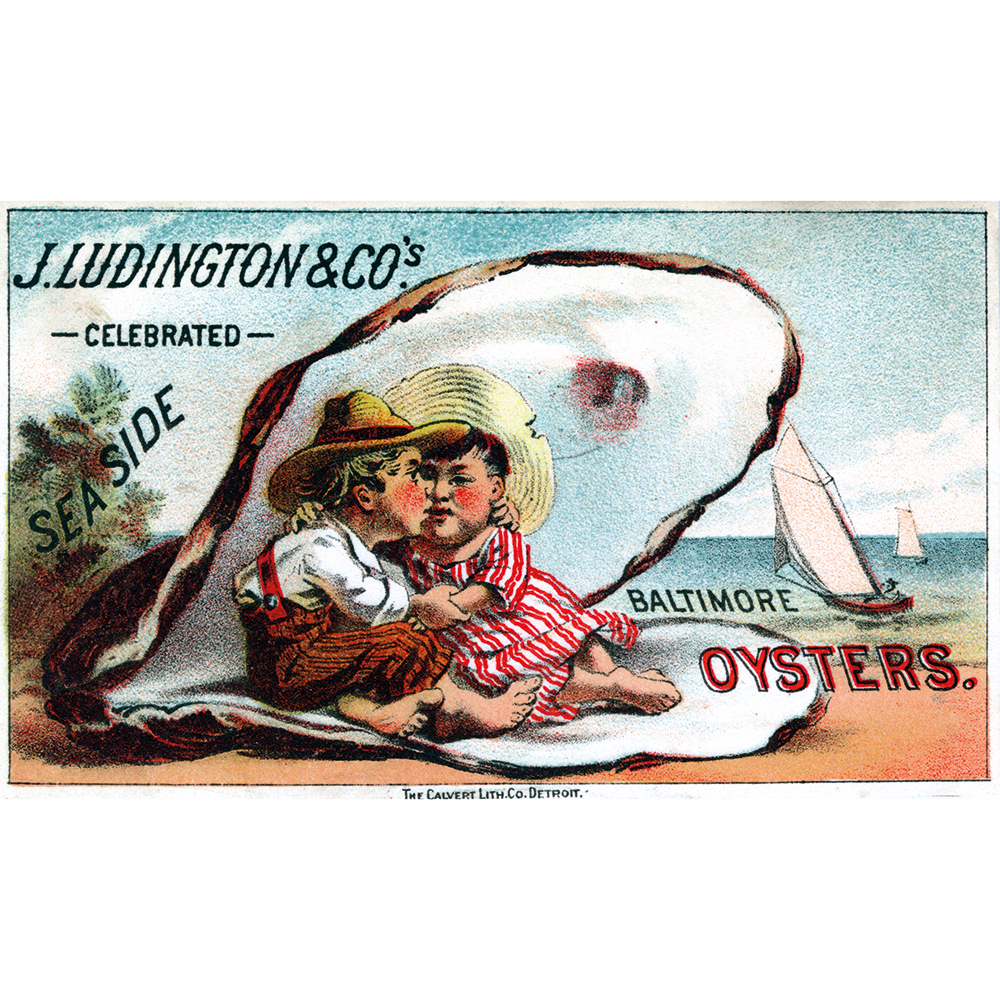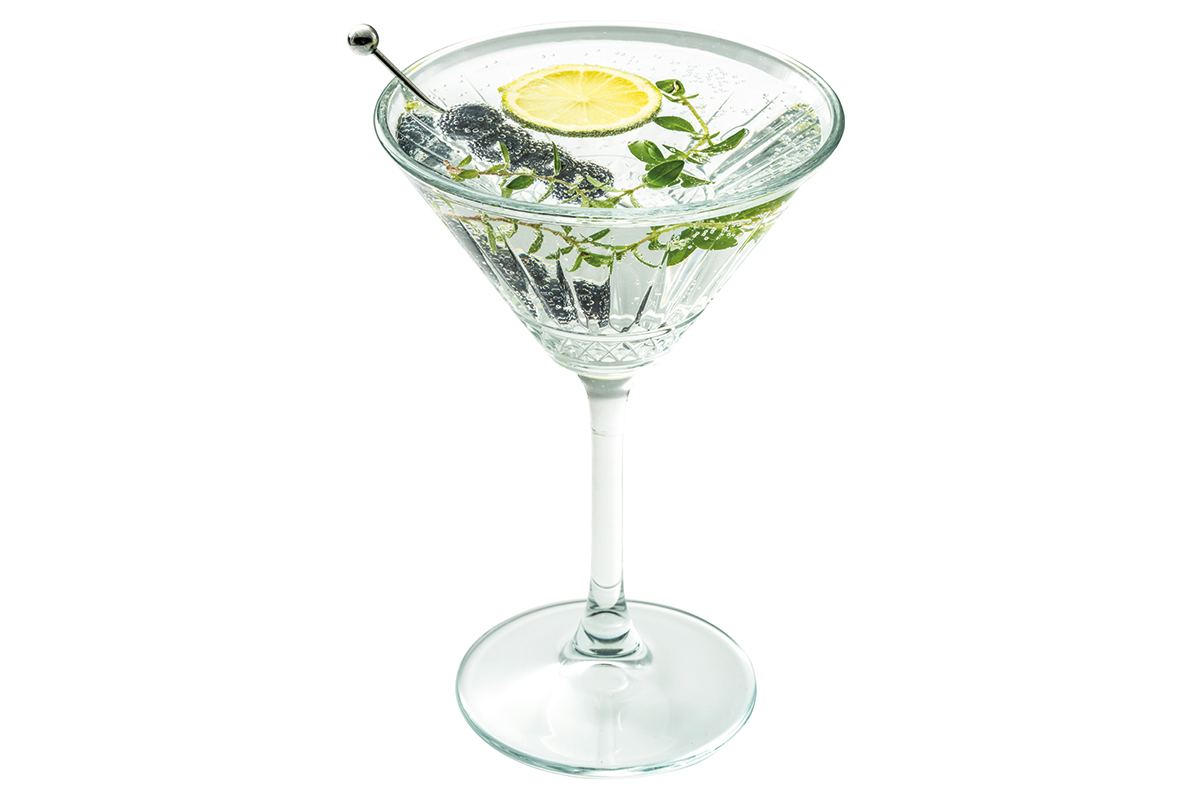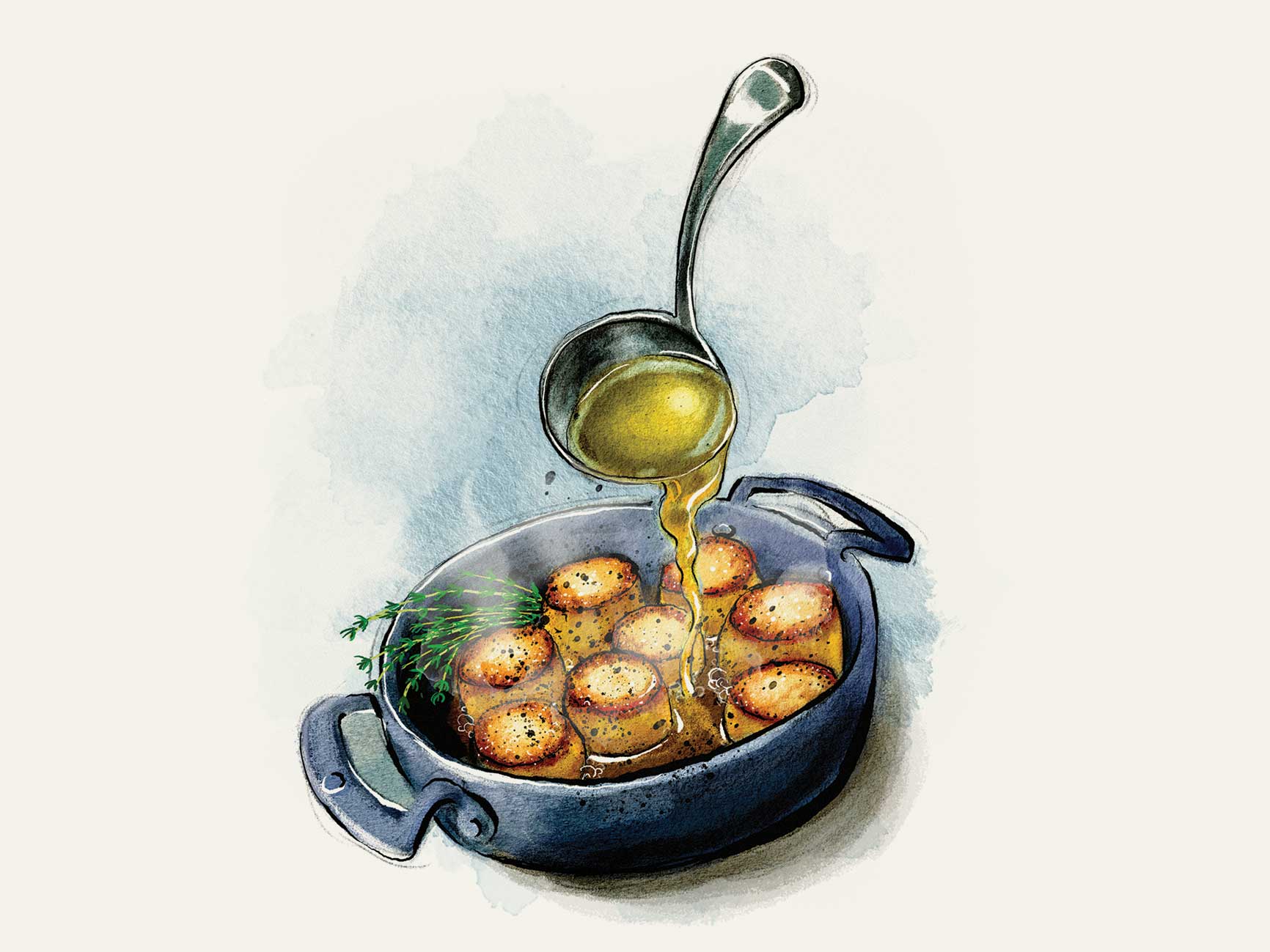Oysters have recently achieved near-meme status as one of several “pick-me” foods alongside the dirty martini, pickles, tinned fish and other briny staples popularized online by Gen Z. These foods are noted for their slightly polarizing air – expressing a preference for them communicates an evolved palate, a niche preference, a willingness to see past an aesthetically questionable facade (the bumpy pickle, the barnacle-encrusted oyster).
However, unlike its fellow “pick-me” travelers or its late, meme-ified millennial predecessor, avocado on toast, the oyster itself cannot be readily dismissed as a passing fad. Not as affordable as the pickle, not as fleetingly modish as avocado on toast, the oyster is and will continue to be an enduring classic due to its depth and versatility.
It will not be reduced to simple brine and slime, for the oyster is no less than the ocean in a shell, exhibiting no fewer notes than and every bit as much complexity as a fine Chablis. At once delicate and robust, it exists in the popular imagination less as a humble mollusk and more as a medium of expression – of leisure, of taste, of the erotic. It is what we want it to be.
Are you more bon vivant or craggy outdoorsman? The oyster is a food that allows you to inhabit both polarities
Take the preparation of an oyster – that alone reveals a vast array of options. West, East or Gulf Coast? Raw, Rockefeller or à la Russe? Do you take your oyster straight? Do you prefer a little mignonette, or a lot? A squeeze of lemon, a shot of Tabasco? Are you more bon vivant or craggy outdoorsman? The oyster is a food which allows you to inhabit both polarities. My most sophisticated friends state the former by cultivating a strong varietal preference, and the latter by shucking them themselves. Likewise, your preferred method of eating an oyster can communicate a world of difference in breeding or cultural norms. I have only rarely experienced compunctions over oyster etiquette on the East Coast, for example. I have eaten oysters the size of my palm at Renaissance Faires in Maryland and downed oyster shooters at dive bars in Massachusetts and gone to parties in New York where diners have plucked the meat off with a fork and eaten it right off the tines, leaving the shells any which way.
Paradoxically, Seattle – renowned for its oysters but not always for its propriety – was where I was taught to delicately detach the meat from the shell with the small fork provided before bringing the whole thing to my lips and slurping it down in one go.
I have fond memories of being slapped on the wrist on two separate occasions in the Pacific Northwest – once for adulterating my oysters with mignonette and again for forgetting to flip over the used shells on the ice. So much for western ruggedness and the pioneer spirit.
What other food could be so eloquent? What other food could communicate so much with so little force? Consider the seductive aspect of the oyster, served on ice, delicately glistening in the dim light of a cozy bar. Do you mention to your date the obvious, the cliché – or do you allow the oyster to speak for itself, its appearance, price point and reputation enough? Neither are its articulations limited to romance.
Consider the seductive aspect of the oyster, served on ice, delicately glistening in the dim light of a cozy bar
While at dinner at an upscale Mexican restaurant in Washington, DC, recently, my friend and I ordered Canadian oysters which were served with a regionally appropriate wedge of lime and a pipette of Mexico’s favorite Valentina hot sauce. Canadian oysters eaten Mexican style in the American capital. No new-wave pickle, no dirty martini could ever come close to such an elegant show of diplomacy, a handshake expressed so concisely in six unassuming shells.
And I doubt any “pick-me” food could be as tasty. The fresh lime cut through the salinity of the oyster while the smoky drops of Valentina contrasted subtly with its brine. I remarked to my friend that in spite of my reputation as an oyster purist I could see myself shifting into a more global identity when it came to shellfish.
The oyster reveals as much about one’s disposition as the lines on one’s face. At once unchanging and adaptable, it is a delicious mirror held up to the whims of humanity. Though the oyster did not reach “pick-me” status for nothing – fearmongering tales of algae blooms and brain infections abound and the texture can be an acquired taste – I encourage oyster doubters to think less of the risk and more of the reward.
Forget about the old adage that oysters are best enjoyed in months that contain the letter R. Ice-cold oysters are clearly best appreciated in the summer. Fortunately for us, aquaculture practices have caught up with this truism, making oysters safe to eat year round. For as long as they are served ice cold, you have little to fear and much to gain from the gentle bivalve. The ocean – and your identity – are at your fingertips.
This article was originally published in The Spectator’s June 2025 World edition.























Leave a Reply